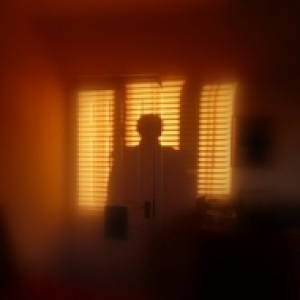Przewalski's horses
At the Highland Wildlife Park near Kingussie. We stopped for lunch on the way to the Morayshire coast.
From the Park website:
"Discovered and identified in the 1880's by the Russian explorer, Nicolai Przhevalsky, these are the only true living wild horses. The last authenticated wild sighting was in 1969 and they thereafter were believed to have become extinct in the wild. All the animals alive today are direct descendants of the small population, which had been taken into zoos throughout the world at the start of the century. By 1945 there were only 3 stallions, 9 mares and one wild mare left. In order to prevent further inbreeding, carefully monitored exchanges were encouraged between zoos and the population is now in the hundreds.
They are strikingly similar to the horses depicted in European neolithic cave paintings. Fossil evidence in Scotland indicates that wild horses survived here up to 3000 years ago but after the last Ice Age, the horses? range became smaller and smaller until its last wild population was in Mongolia.
The Przewalski is presently being reintroduced to two main sites in Mongolia and they have re-established themselves well.Przewalski's horses differ from domestic horses in a number of ways. Their skull is heavier and they have a thicker jaw as well as an upright black mane and no forelock. They are stocky with relatively short legs and a yellowish brown coat with black lower legs and a black tail. Their coat grows very thick and woolly in winter. "
- 0
- 0
- Panasonic DMC-TZ3
- f/3.3
- 5mm
- 100

Comments
Sign in or get an account to comment.


